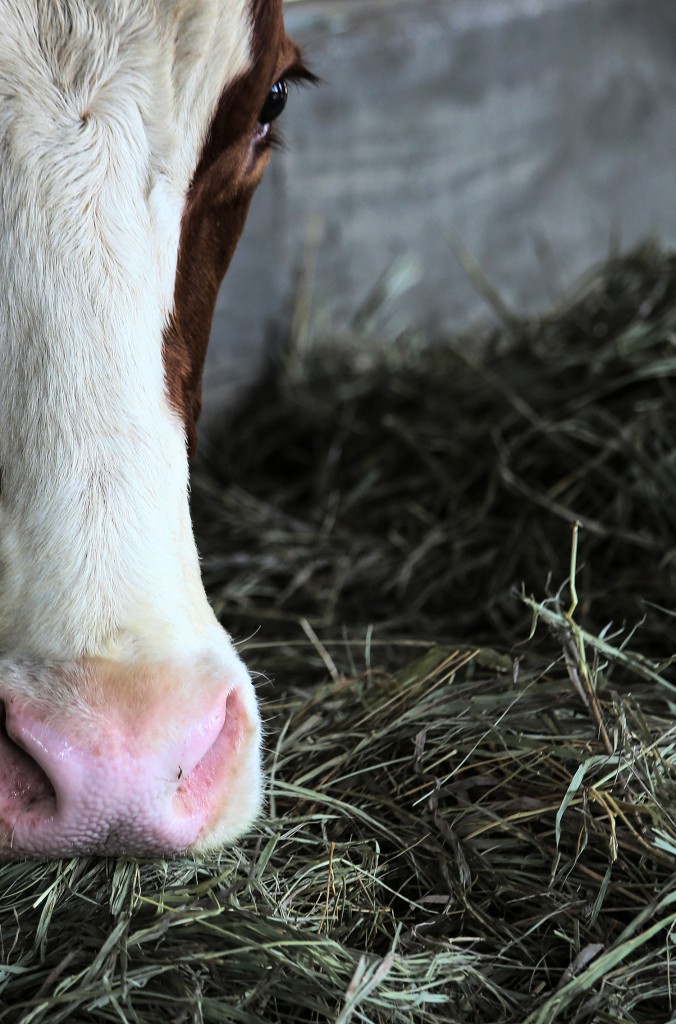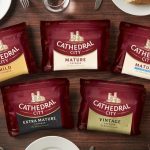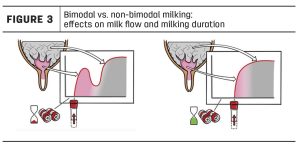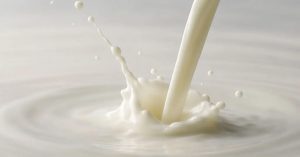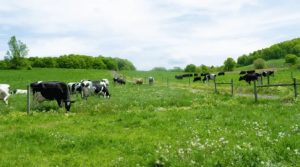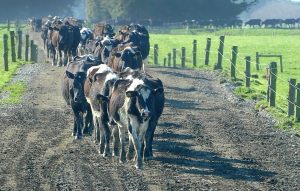
First, the different “percentage milks” we know as skim, 1 percent, 2 percent and whole milk. The latter is confusing, is it 100 percent milk? Do some people think it is 100% fat?
Well, all dairy milk is 100 percent milk, no mater what the fat percentage… But, No: Whole milk is not 100 percent fat. It is not even 10 percent fat. It is standardized to 3.25 percent fat, and if you drank it straight from the cow it would be anywhere from 3 to 5 percent fat depending on breed of cow, time of year, and type of roughage fed.
And then there is protein. Did you know dairy milk provides a little over 8 grams of protein per 8 oz. serving? It packs quite a bit more protein-punch than almond ‘milk’ at a little over 1 gram of protein per 8 oz. serving.
Made like coffee, the crushed almonds are filtered with water. In fact, an 8 oz. serving of almond milk may be more like eating an almond and drinking a glass of water with sugar and thickeners added and a handful of other ingredients.
A common almondmilk brand label lists these ingredients the first being almondmilk defined as almond-filtered water: Almondmilk (Filtered Water, Almonds), Cane Sugar, Sea Salt, Natural Flavor, Locust Bean Gum, Sunflower Lecithin, Gellan Gum, Calcium Carbonate, Vitamine E Acetate, Zinc Gloconate, Vitamin A Palmitate, Riboflavin (B2), Vitamin B12, Vitamin D2.
A typical dairy milk label lists these ingredients: Milk, Vitamin D3. Pretty simple to see that the calcium and vitamins on the milk label are already in the milk and that zero sugar is added and zero thickeners.
The freshness of REAL dairy milk can’t be beat going from farm to table in 24 to 48 hours. It comes naturally from the cow providing the natural proteins and calcium and small amounts of healthy fat that our bodies readily absorb and utilize.
In fact, the carb-to-protein ratio of chocolate milk is now shown to be one of the best sports-recovery drinks on the market today. Yes, plain ‘ole chocolate milk. Maybe if farmers call it by another name, consumers will take notice to what has been in front of them all along.
Still, for many consumers, the perception persists that whole milk is a high-fat beverage, when in reality it is practically 97 percent fat free!
At the bottling plant, milk is pasteurized and standardized. Cream is skimmed to package whole milk at 3.25 precent fat. The skimmed cream—along with additional cream skimmed to bottle the 1% and 2% and non-fat milks—is then used to make other products like butter, ice cream, yogurt, cream cheese, sour cream and dips.
The “standard of identity” for yogurt states it also contain a minimum of 3.25% fat—just like whole milk.
Even ice cream is not 100 percent fat. The FDA standard of identity is that it contain a minimum of 10 percent fat. Some of the richer, higher-end ice creams contain up to 14 percent fat. But along with that fat, comes some nutritional benefits. These are not empty calories.
Butter is high in fat because it is, after all, a fat. Even it ranges 82 to 84 percent fat. A tablespoon of butter in the pan or on your veggies is a smaller quantity serving than an 8 oz. glass of milk; so even though the fat content is much more concentrated at a higher percentage, no one sits down and eats a cup of butter (2 sticks)!
Furthermore, we have learned that the saturated fat in milk and meat are not bad for us and that when part of a healthy integrated diet may actually provide heart healthy ‘good’ cholesterol.
The fears ingrained over 50 years of low-fat dogma are being abandoned as a nutritional experiment that has failed miserably, even though the federal government continues to hang on to the failed lowfat experiment in the recent 202-25 Dietary Guidelines.
What a growing number of scientists have found is that we need not have blamed whole milk, butter—or beef for that matter—all of these years. In fact, the recent rise in obesity and diabetes is linked more to overconsumption of carbohydrates that have filled the energy-void after we collectively sucked healthy fat out of our diets.
Saturated fats are not the enemy, the “new” science shows. However, the science is really not new. Long-time observers, investigative reporters, and scientists note that the very science supporting the health benefits of saturated fats found in milk and meat has been around for decades, but was ignored — even buried.
Meanwhile, U.S. consumer demand for butter has been expanding, and worldwide demand for U.S.-produced ice cream and yogurt has grown as well. Dairy foods and snacks that offer an energy boost with a healthy protein-to-energy ratio—such as yogurt, whole milk, and even ice cream—will be particularly in demand in nations where busy, on-the-go consumers look for reviving options.
Healthy, natural fat and protein from milk and meat keep food cravings at bay to prevent binge-eating on empty-carb snacks. Enjoyed as part of a healthy integrated diet, dairy products—even ice cream—are satisfying, nutrient-dense, carb-moderating foods that can even be the dieter’s best friend.
Go real, go natural. There’s no reason to fear real milk, dairy and beef products from cattle. Contrary to what the activists say and contrary to government ‘guidelines’ that refused again to consider all the science, nutrient-dense full-fat dairy foods and meat are good for us, and yes, good for the planet.
